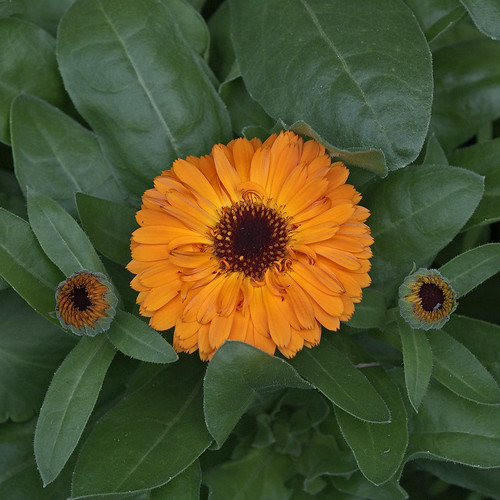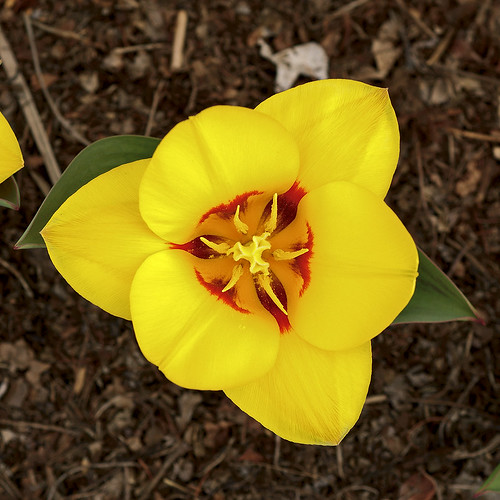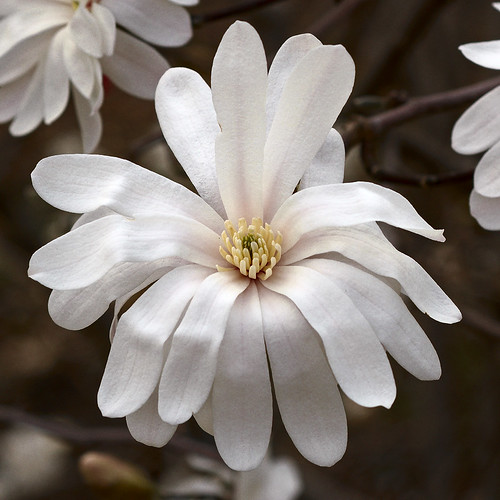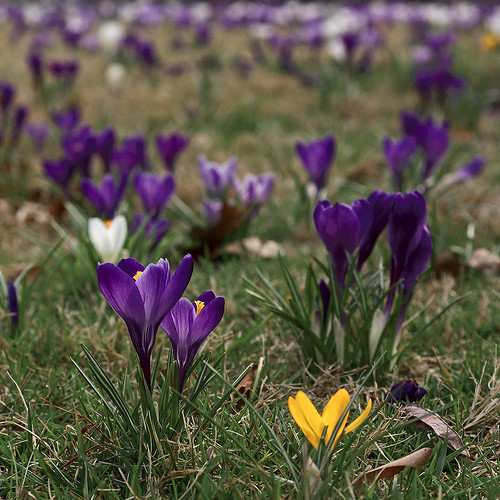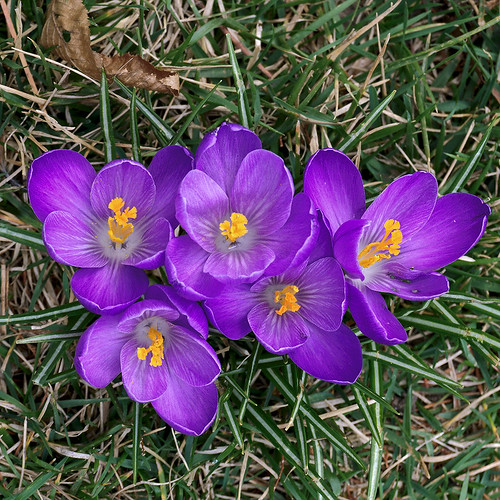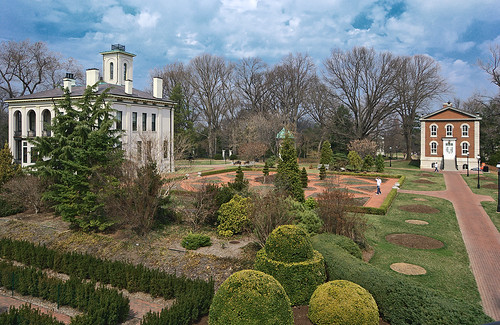THE VILLAGE OF Brussels, Illinois, is about 39 miles northwest of downtown Saint Louis by car and by boat. Located in the perfectly rural Calhoun County, this village of less than 200 souls nevertheless offers places to worship and to relieve your thirst.
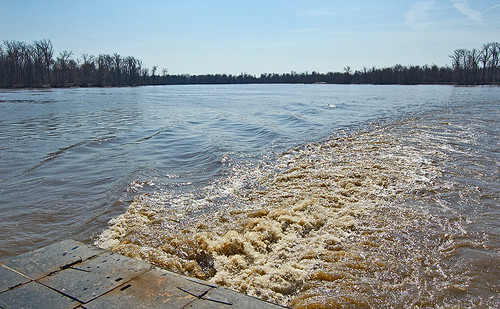
Missouri recedes as the Golden Eagle ferryboat crosses the Mississippi River into Illinois.
Calhoun County is bound on the west and south by the Mississippi River, and on the east by the Illinois River; travel into the county is provided by ferryboats and by one bridge, far to the north.
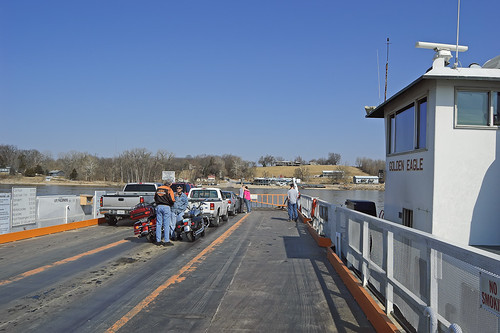
The ferryboat and her passengers approach the village of Golden Eagle. This relative isolation helps make Calhoun County the most purely rural county in the State of Illinois, without any large urban centers.
The "Kingdom of Calhoun" is named after John C. Calhoun (1782-1850), a strong proponent of States' Rights and the South, who held a number of elected and appointed national offices. Calhoun County was organized in 1825, when its namesake was Vice President of the United States.
This section of Illinois was a part of the Military Tract, bounty lands set aside by the Federal government for the veterans of the War of 1812.
Approximately 2/3rds of Illinois was glaciated, and most of the state is very flat with thick glacial topsoil. However, this county was untouched by the most recent glaciers, and has rolling topography in the southern portion, as seen here, which is well-suited to farming and orchards. Further north in Calhoun county, the rugged Dividing Ridge separates the watersheds of the Mississippi and Illinois Rivers, and tends to be forested.
Associated with the Lincoln Hills region of Missouri, this rugged region is geographically and culturally more like the Ozarks than the vast prairie which surrounds it to the north, east, and west.
Most of the State's peach crop comes from this county, which also has apple orchards. Vineyards are now becoming prominent, augmenting the regional wine production. In season, there are numerous roadside produce stands where you can buy fresh fruit and vegetables.
Founded in 1847 as the Wittmond Trading Post, the current Wittmond Hotel in Brussels is known for its food and drink.
Originally settled in 1822, Brussels was named in 1847 after the city in Belgium, in honor of the hometown of the first parish priest, Fr. John Moliter. The village is mainly populated by descendants of German immigrants.
The Brussels Historic District is on the National Register of Historic Places.
The Catholic cemetery.
The Brussels Village Jail, last used in 1952.
These photos were taken on March 6th, a warm day in late winter, before the spring flowers had emerged.
Saint Mary's (Immaculate Conception) Catholic Church, built in 1863. It is a part of the Diocese of Springfield in Illinois.
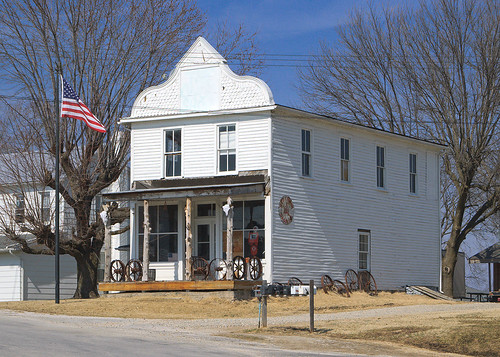
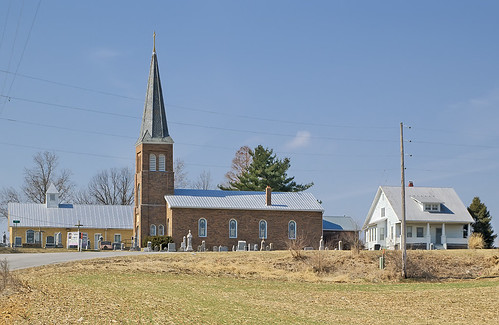
Saint Matthew Lutheran Church, on the north end of town.
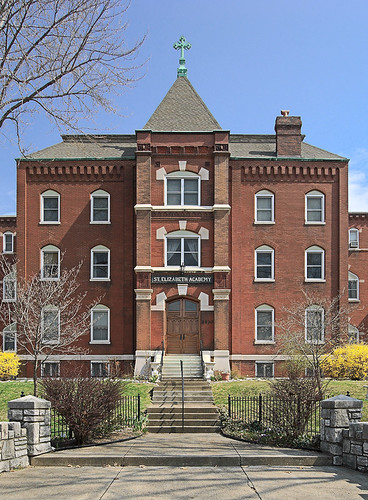
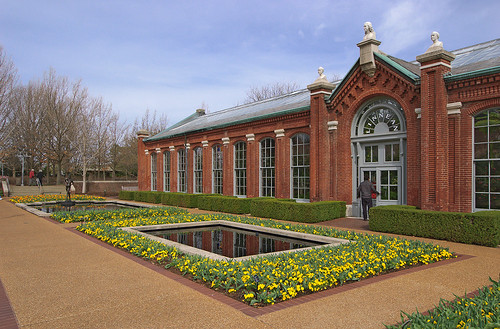
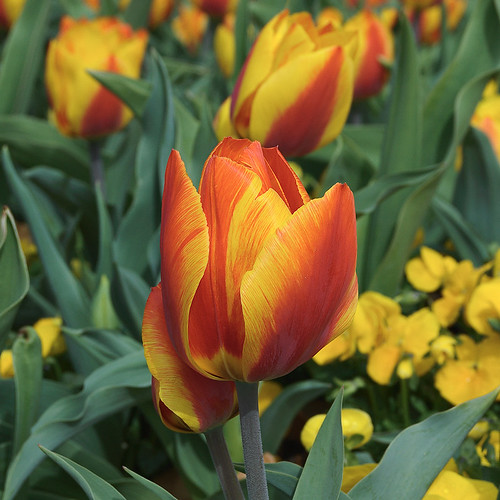
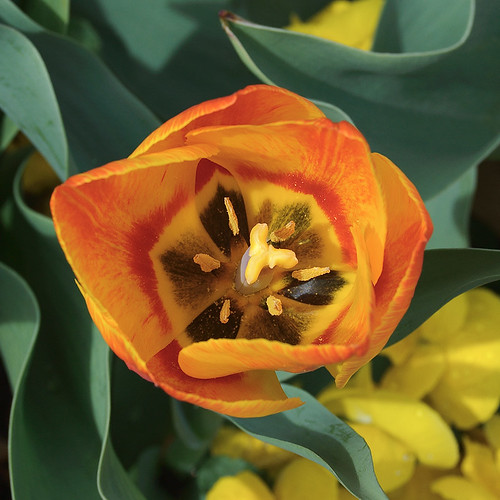

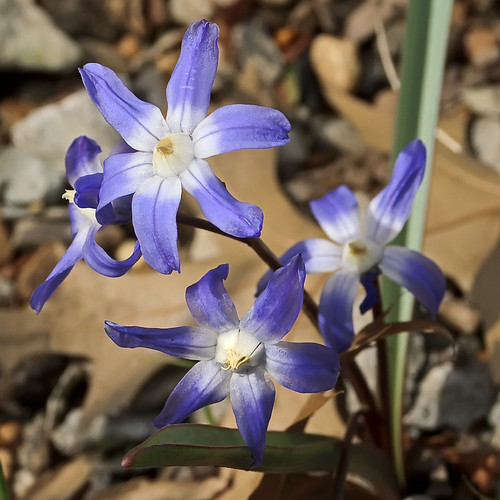
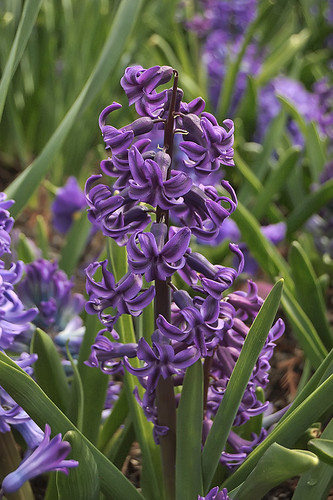

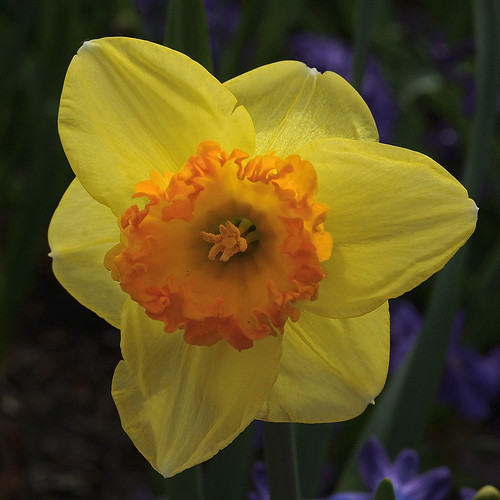
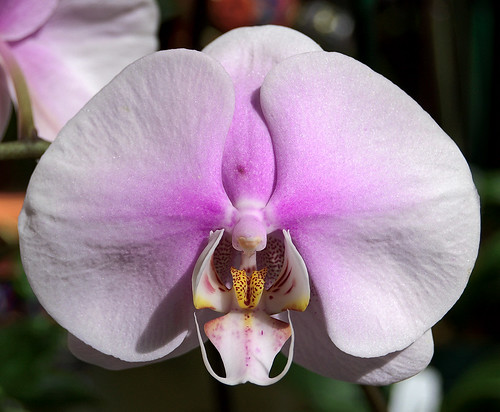
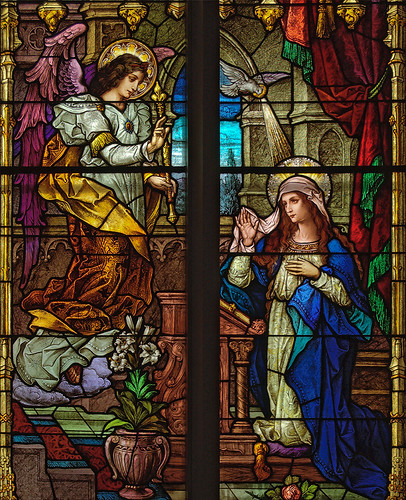
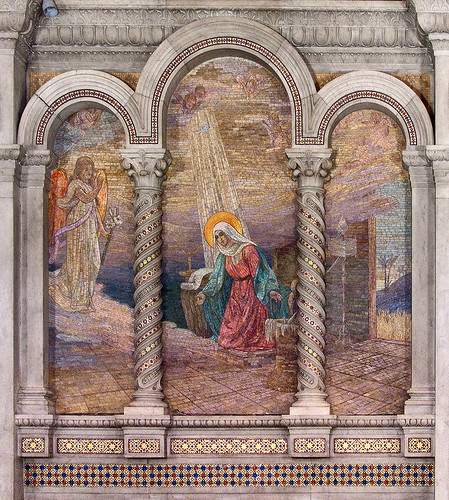
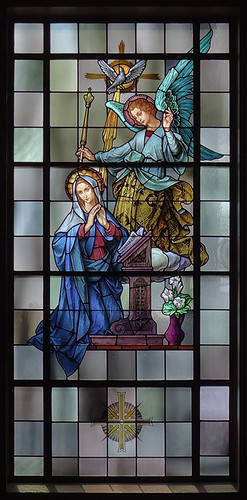

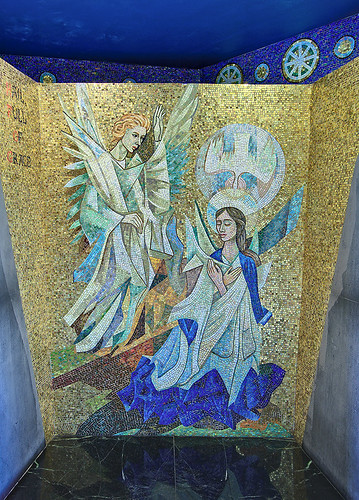
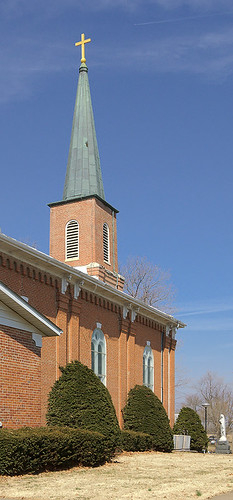
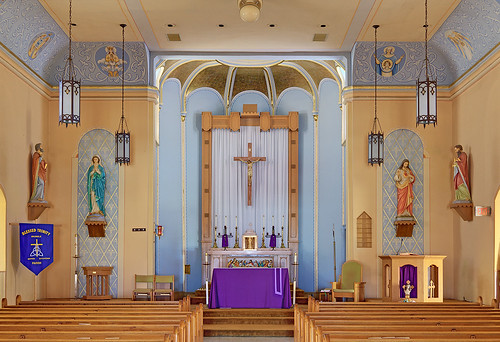

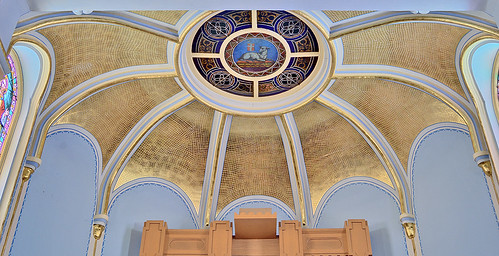
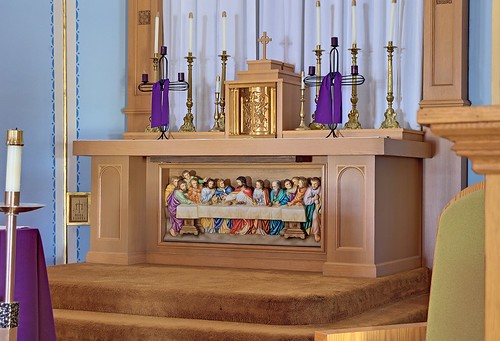
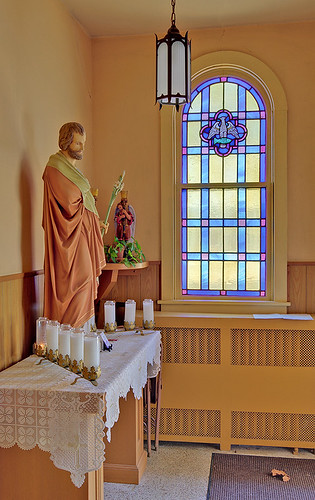
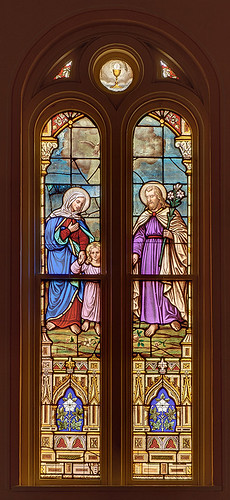
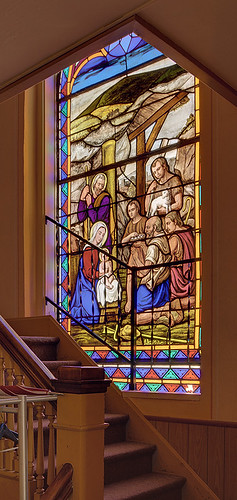

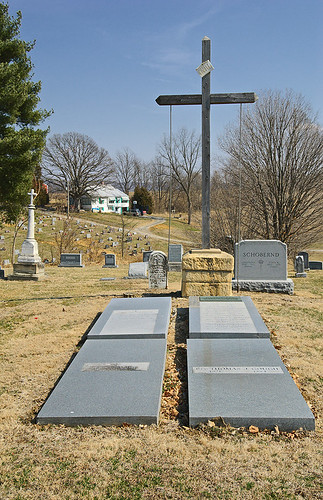





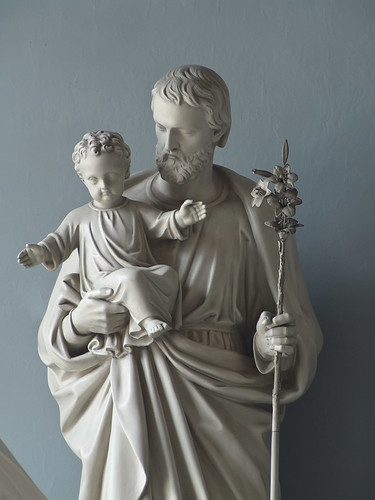
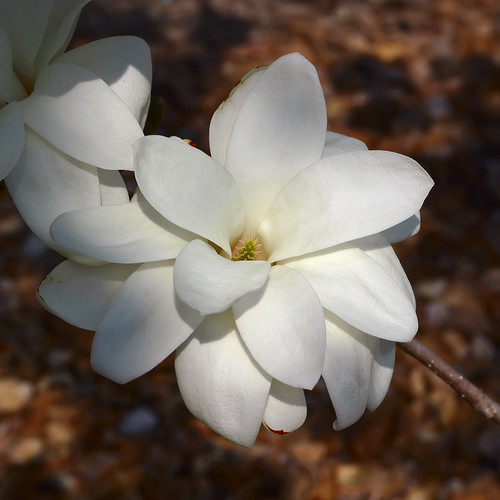
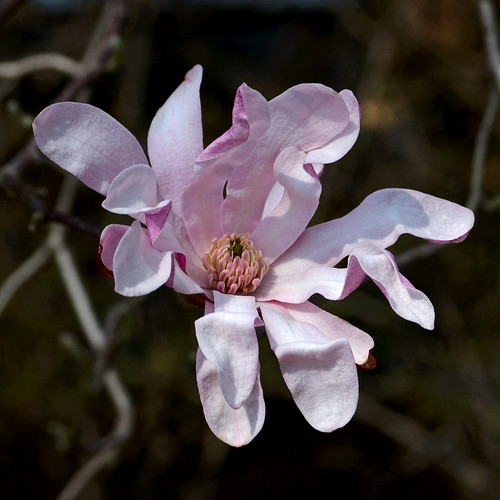
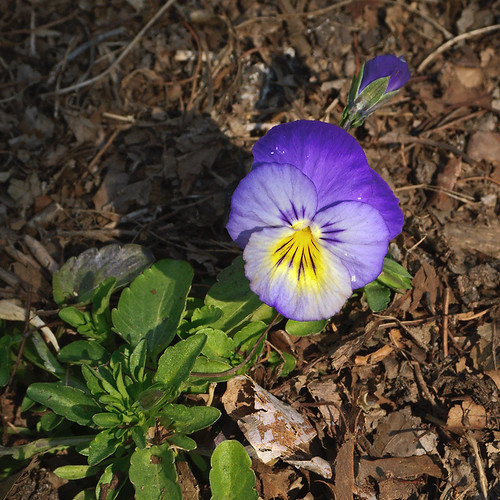

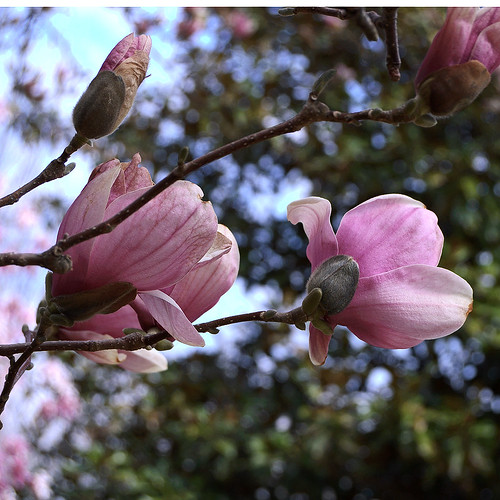
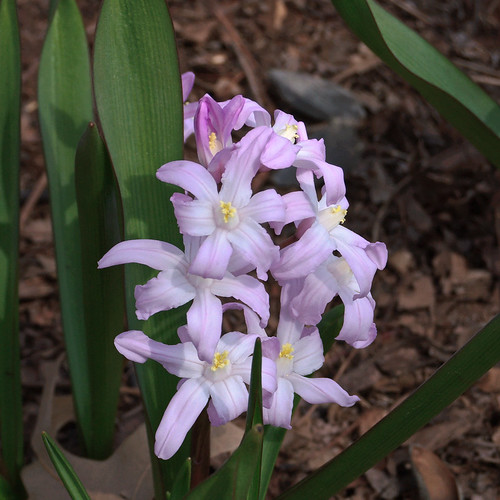
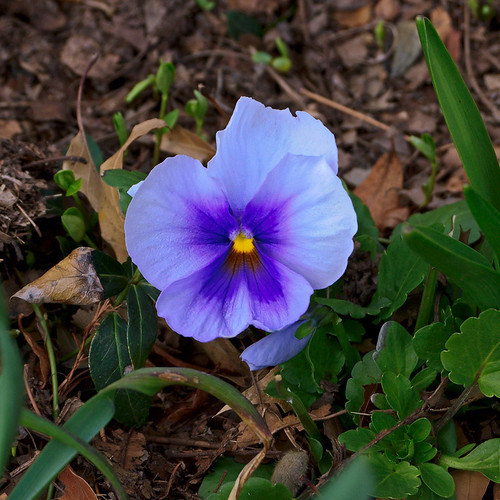
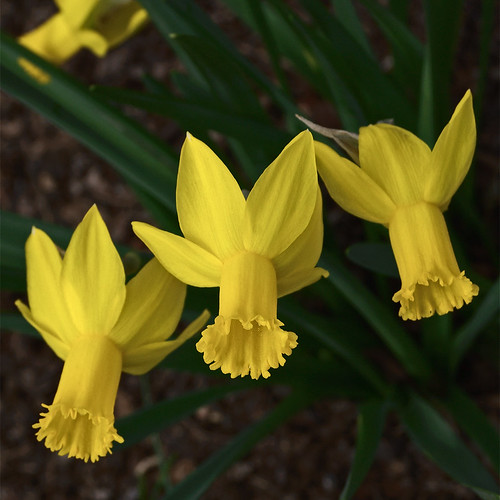
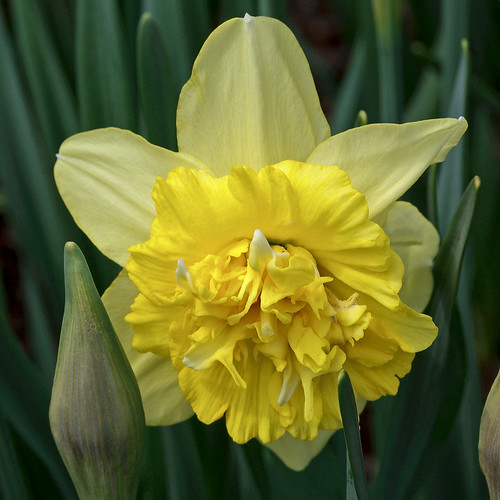
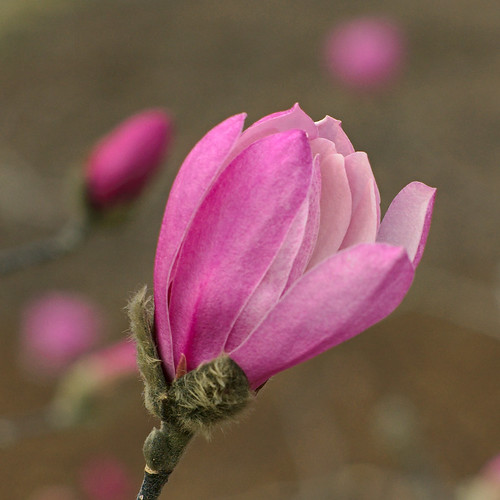
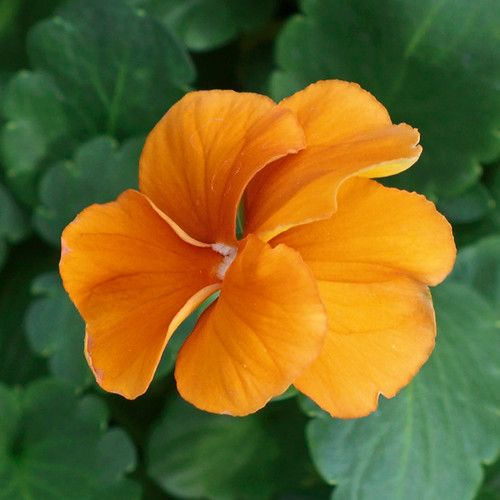
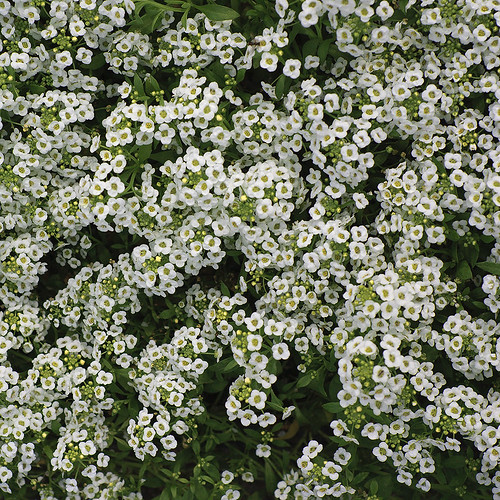
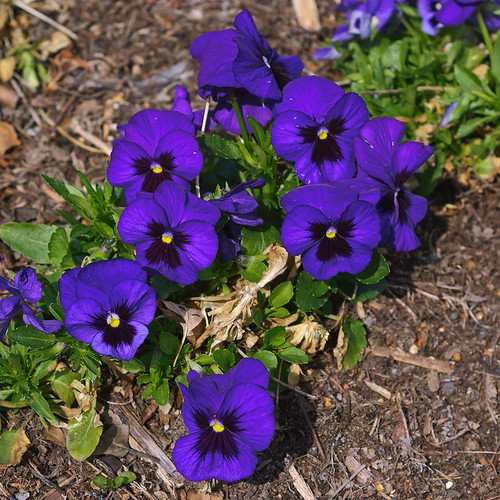
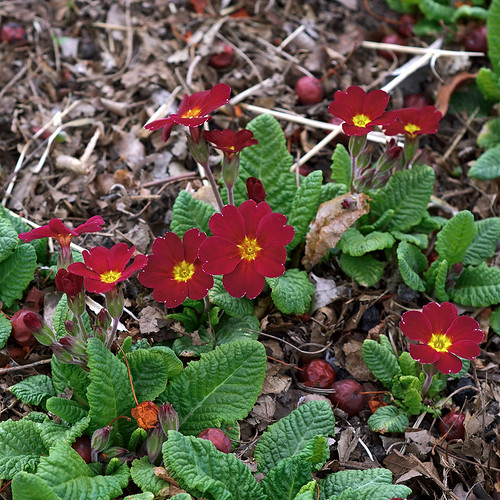
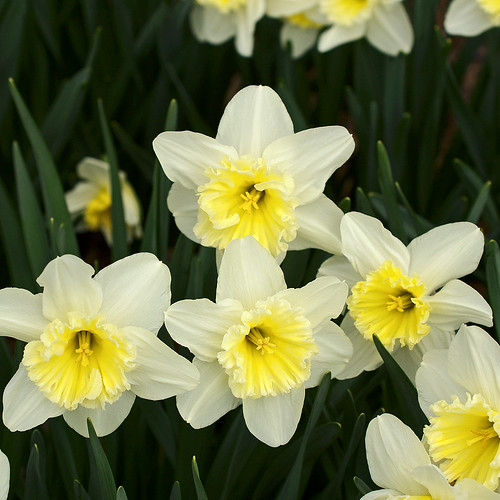 '
'